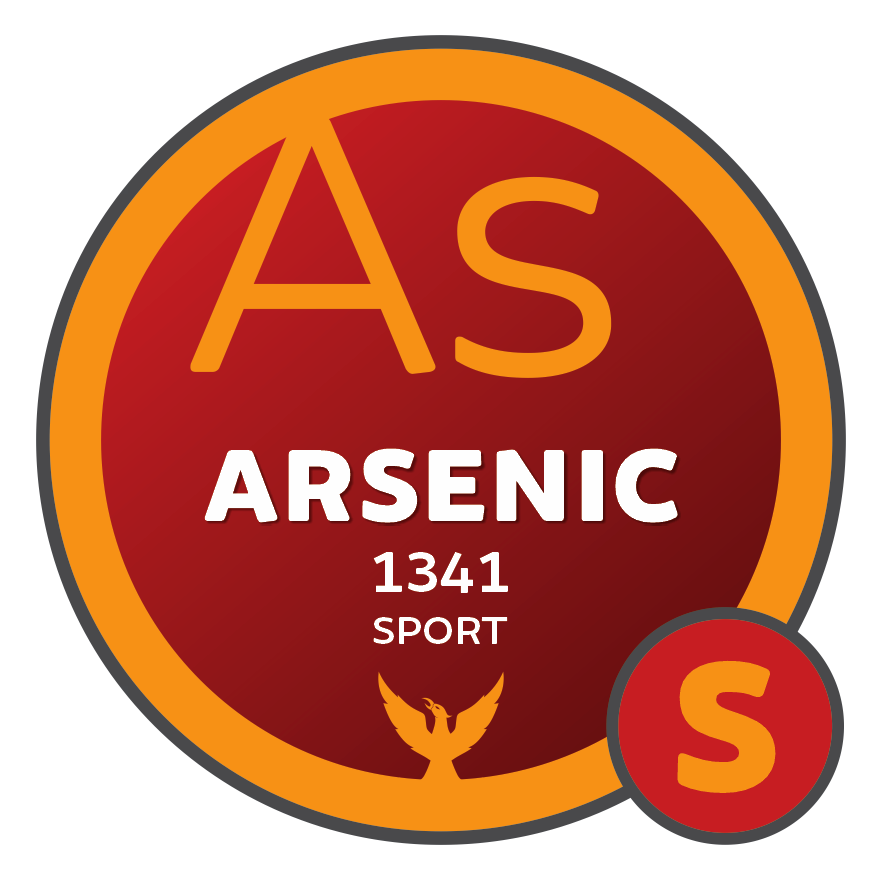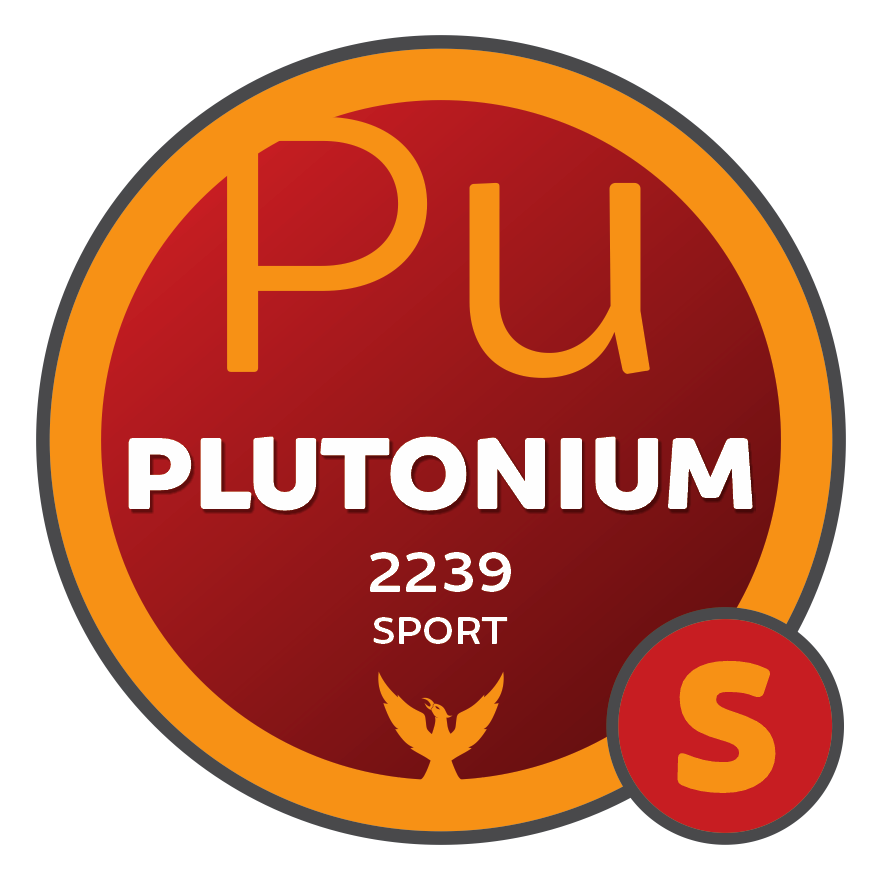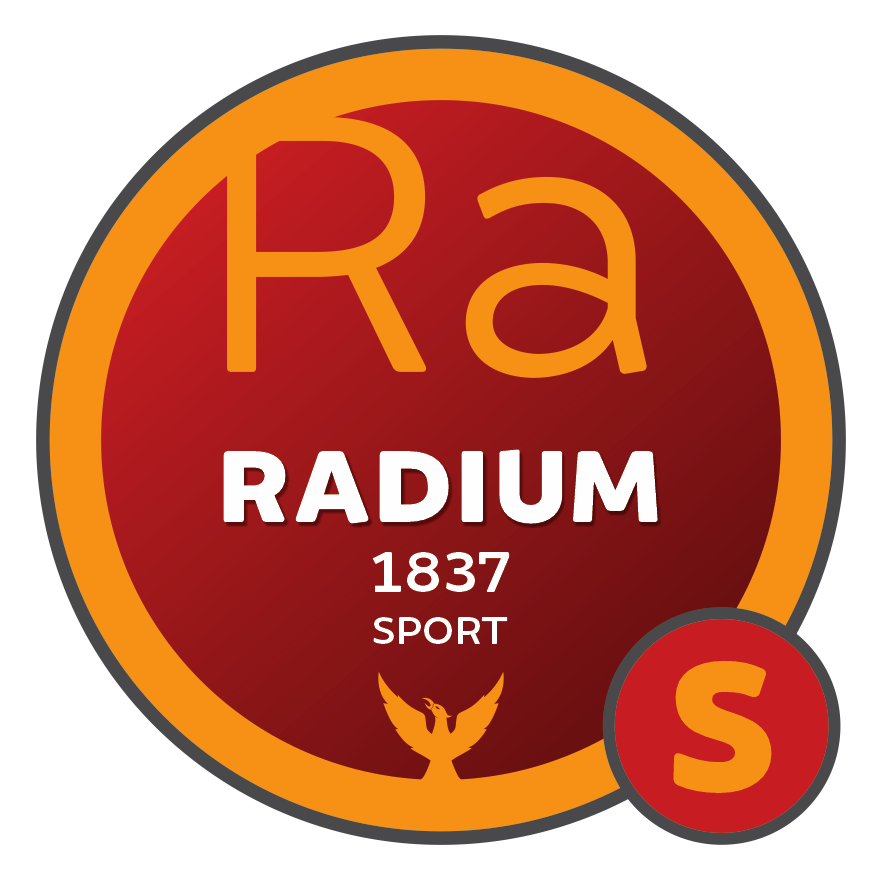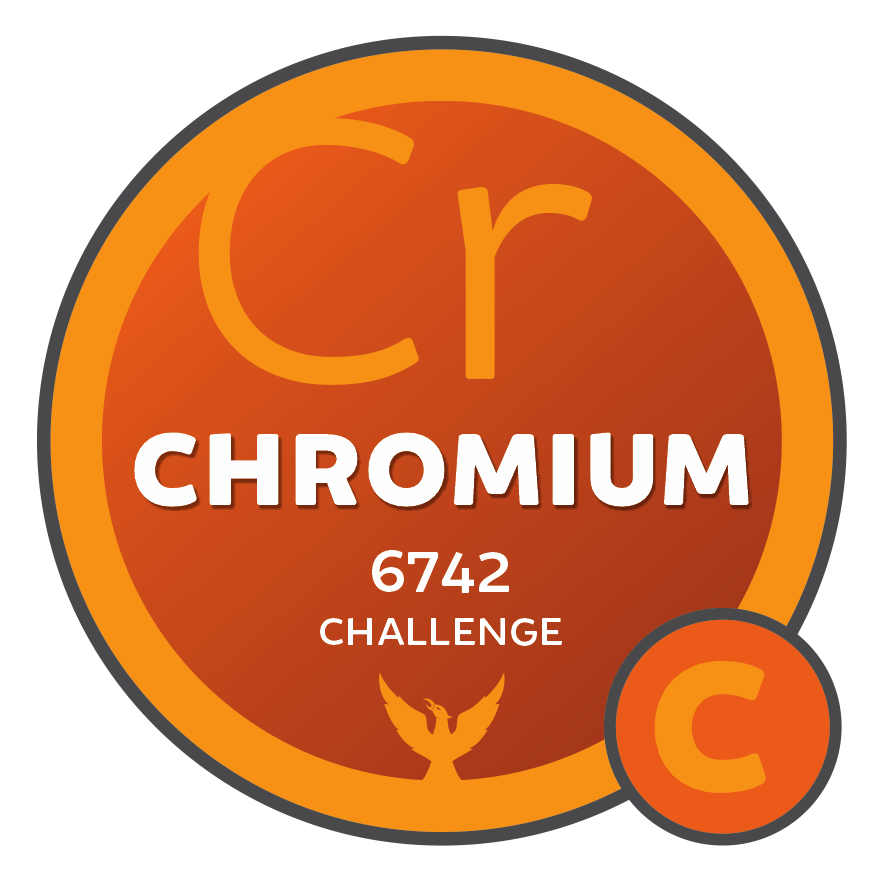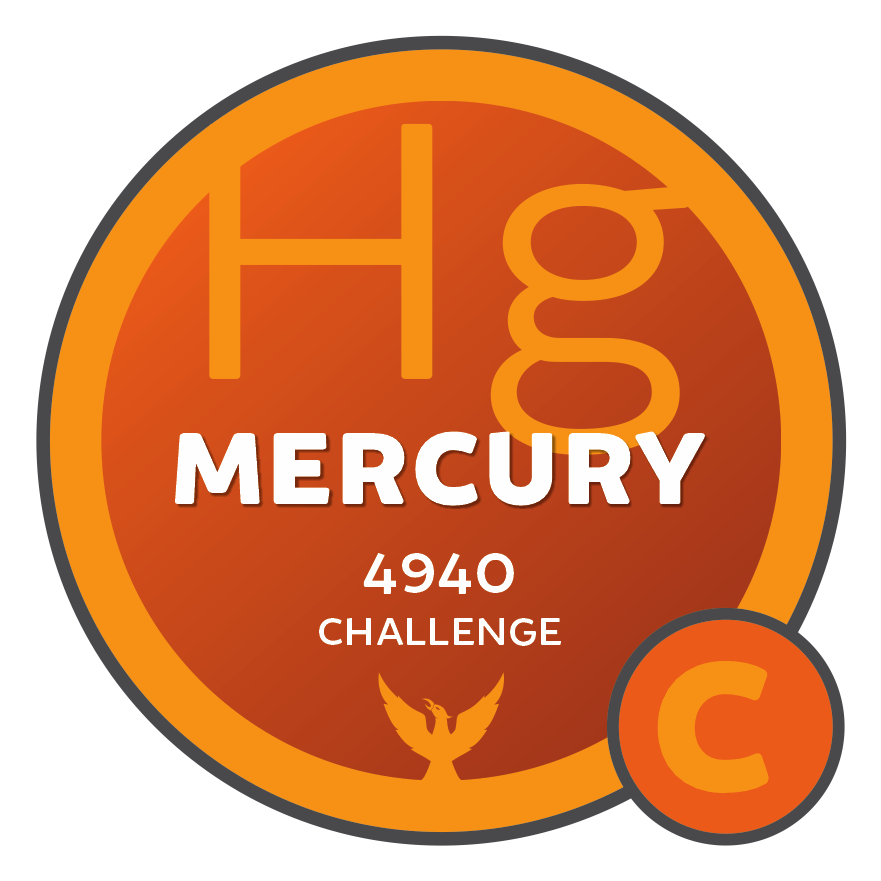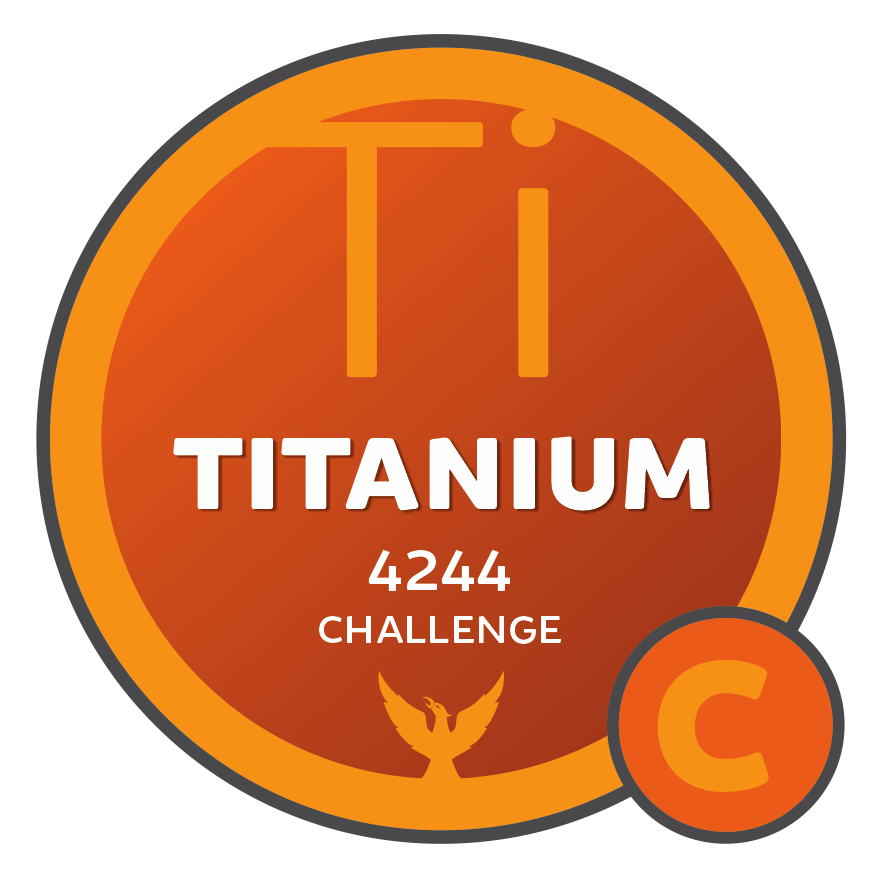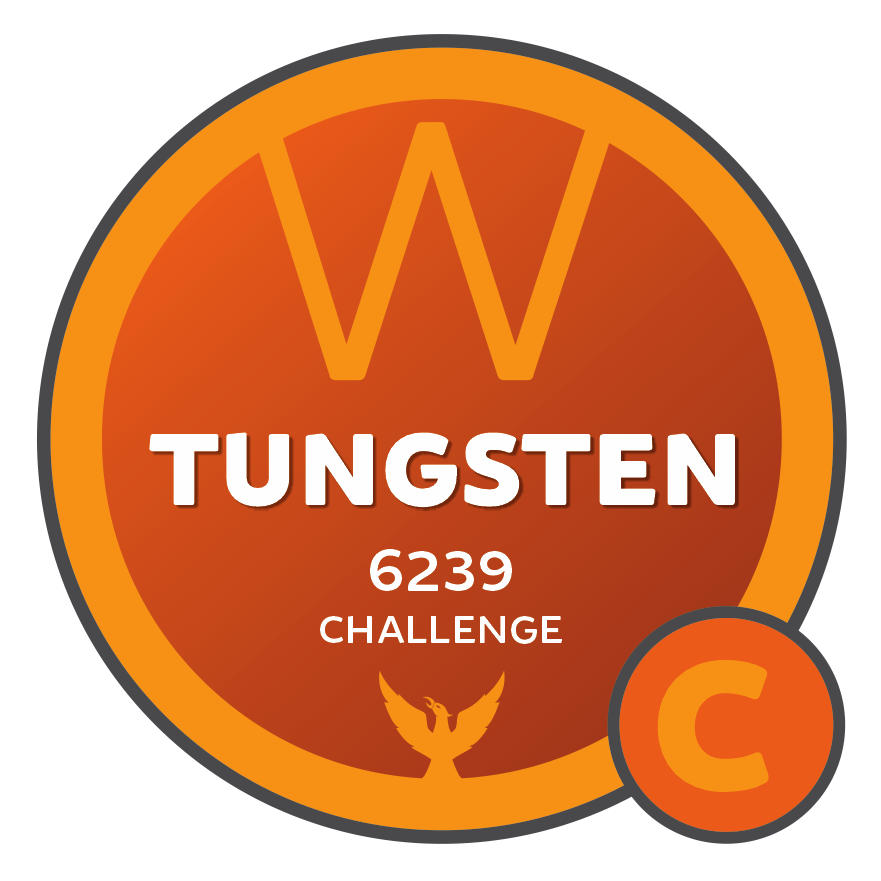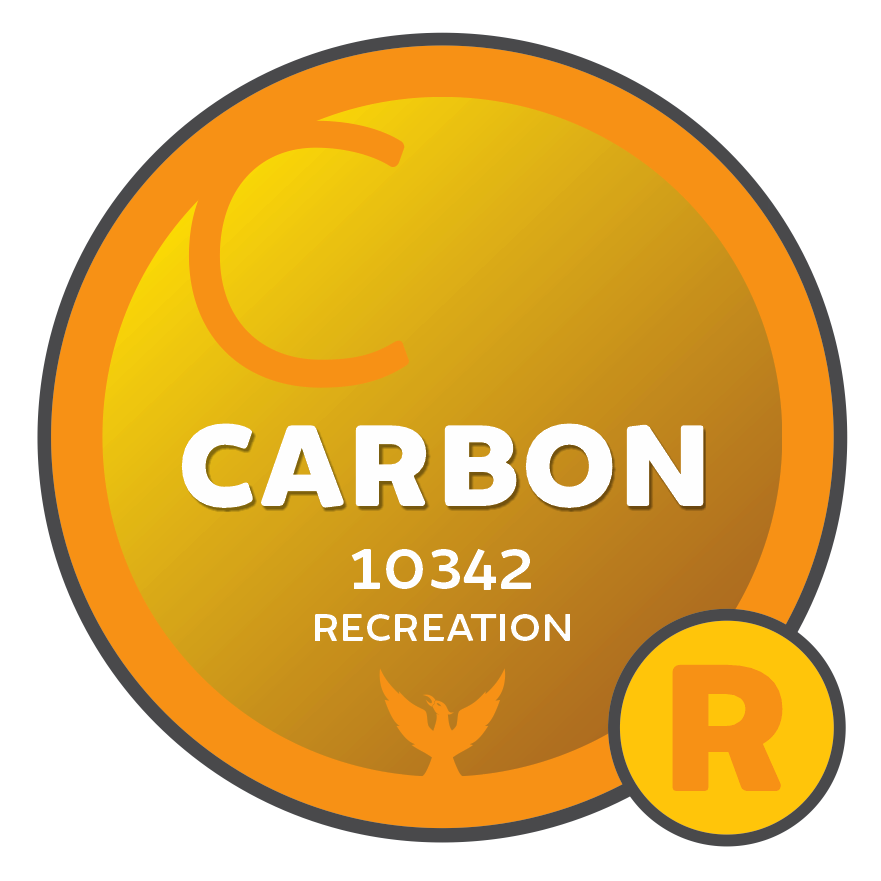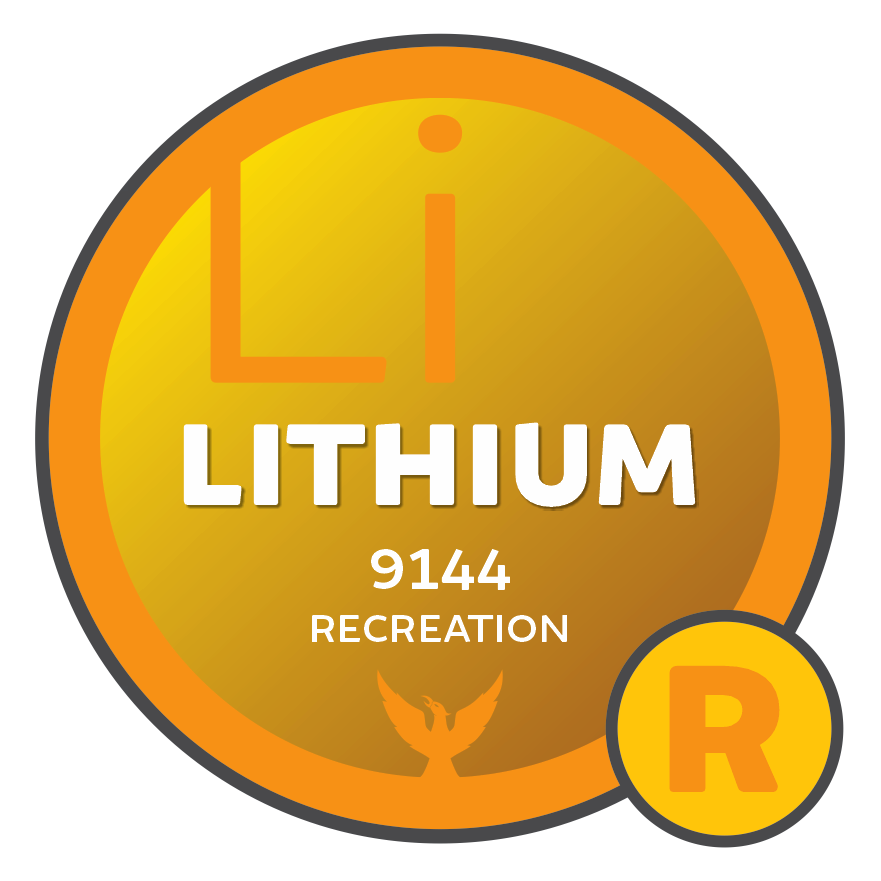
PATTERN SERIES OVERVIEW
Watch the videos below to learn more about every Element Pattern category and see how Kegel bowlers attack each Element Pattern.
SPORT PATTERNS
arsenic
1341
With the element Arsenic known as the “king of poisons”, this oil pattern is probably going to be the same for your scores; it will be deadly to them. With the 2‐2 loads being placed towards the end of the pattern, the back part of the pattern will be very flat with a substantial amount of oil on the outsides, allowing no room for error. Add the ingredient of sporadic machine speed changes during the application of oil, this can create unpredictable ball motion. In fact, about the only thing predictable about the Arsenic pattern is your average will probably suffer greatly.
Kegel Tip – Focus on and Make. Your. Spares.
krypton
2943
By using Kegel’s newest Element conditioner Terrain, and utilizing medium‐slow buff speeds in the last 8 feet of the pattern along with high buffer speeds in the very front of the pattern, the asymmetric shifted Krypton pattern will have more front‐to‐back taper than many 43’ patterns you may encounter. The noble combination of all should provide very smooth and predictable ball motion from the start if you can see the light the Krypton pattern provides and play in a part of the lane that is conducive for your style of play.
Kegel Tip – Front‐to‐back taper means the difference between the amount of conditioner in the front part of the lane versus the amount towards the very end of the pattern. Oil patterns with more front‐to‐back taper tend to play easier than oil patterns with less taper.
plutonium
2239
This 39 foot pattern to your ego is a lot like the element Plutonium for the world ‐ “it can create or destroy”. The alloy conditioner combination of using Fire on the forward pass, with a somewhat short forward applied oil distance, and Terrain on the reverse pass, with the oil streams hitting the lane farther back into the pattern, makes the Plutonium pattern flatter towards the end. We could say the wacky behavior of electrons in the outer shell of the element Plutonium might be like your ball choice; it could take 4, 5, or 6 before you settle on one that works.
Kegel Tip – The flatter the oil pattern is towards the end of the pattern the more difficult it will play.
radium
1837
This low ratio 37’ pattern is more like the beliefs about the element Radium in the early days of discovery; if played correctly it’s not that harmful to your score, and it can actually be high scoring. However, if you stray towards the inside part of the lane too soon, the reality of Radium can set in, causing your scores to suffer a painful experience.
Kegel Tip – Shorter patterns tend to have wider load structures yet leave the outside boards fairly dry. Try to make sure your sliding foot is farther towards the outside so the path of your ball can take advantage of the oil pattern’s wider shape.
CHALLENGE PATTERNS
chromium
6742
This 42 foot challenge oil pattern has a slope of 7 boards from the low point to the high point ‐ just like the density of the element Chromium which is 7.19 g/cm . Oil patterns that cover fewer boards from the low point to high point tend to be easier than ones that cross more boards. Most house shots cover fewer boards. But with the higher friction Terrain conditioner confined to the outside boards, along with medium‐slow buff used at the end of the pattern, if you can get your breakpoint out towards that area you too can shine on the Chromium pattern.
Kegel Tip ‐ Medium‐slow buffer speed (#2) on the FLEX means less oil is buffed on the lane in that zone.
mercury
4940
By using two of Kegel's highest viscosity conditioners, Terrain and Fire, along with utilizing the FLEX's high speed buffer in front part of the lane, the Mercury pattern can balance out worn lane surfaces in the head area. However, with the asymmetric shift being used on the Mercury pattern, depending on topography and what side of the lane you play on, your scores can be very hot or very cold.
Kegel Tip ‐ An asymmetric shift means that the oil pattern is shifted towards one side of the lane on the forward pass and towards the opposite side on the reverse pass.
titanium
4244
By using Terrain on the forward pass, and Ice used only in the middles on the reverse pass, along with higher mic streams limited to the mid‐lane and beyond, this 44 foot conditioner pattern will be very durable and resistant to change. This will allow you to keep your line longer and make small moves during transition so you can become a bowling Titan!
Kegel Tip ‐ Higher mic streams means more oil is being applied to the lane in that area.
tungsten
6239
With Tungsten meaning "heavy stone" in Swedish, this oil pattern can lift your scores high if the lane surface allows the outside to play. However, if the lane does not play well outside and you're forced to move farther towards the inside, don't be surprised if your scores drop like a rock.
Kegel Tip ‐ Oil patterns in the 38' to 39' range can often be tricky and are very lane surface dependent. They can often be too long to play outside because they can create "hang spots", yet too short to play inside because of the “lack of hold area".
RECREATION PATTERNS
carbon
10342
It could be said that the way the two conditioners are used in the Carbon pattern is simply magical, just like the element. By using Terrain in the forward pass on the outsides and predominantly at the end of the pattern we get smooth friction where needed, and by using Ice only in the middles on the reverse pass we get durability along with slickness for hold area. Not often can you find the durability of graphite and the glitter of diamonds together, but the Carbon pattern is about as close as we can get!
helium
11441
With over 90% of the oil stacked up in the middle across four boards and minimal conditioner outside, the Helium oil pattern should have you talking in a high pitch voice as your scores race to the sky higher than a weather balloon! Your ball will float through the heads and have the same smooth ball reaction back to the pocket.
Kegel Tip – When oil is “stacked up”, it means there is a very defined oil line within the pattern.
lithium
9144
Coming in at 44 feet using the conditioner combination of Terrain and Current placed mostly in the middle of the lane, the Lithium pattern will provide comforting hold area which should lighten your mood as your scores sail through the roof! Any moves will see a smooth reaction while not giving up the pocket.
neon
12943
Because the element Neon has no true chemical compounds, meaning it can’t join with other elements, we’ve limited this oil pattern to Terrain only. The Neon oil pattern also crosses three more boards than the Helium pattern from the low point to the high point which means even though the ratio is slightly higher on the Neon pattern, for many styles it could play slightly more difficult. But make no mistake about it, when bowling on the Neon oil pattern your scores will still light up the place!


